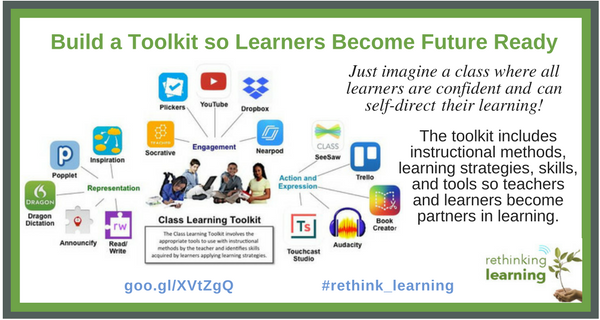

The response to the problem must be as versatile and adaptable as child labour itself. Child labour is a stubborn problem that, even if overcome in certain places or sectors, will seek out opportunities to reappear in new and often unanticipated ways. Poverty and social exclusion, labour mobility, discrimination and lack of adequate social protection and educational opportunity all come into play in influencing child labour outcomes.Įxperience shows that a combination of economic growth, respect for labour standards, universal education and social protection, together with a better understanding of the needs and rights of children, can bring about a significant reduction in child labour. This context is matched by the flexibility of the large, unprotected, potential child labour force. The way in which different causes, at different levels, interact with each other ultimately determines whether or not an individual child becomes a child labourer.Ĭhildren's participation in the labour force is endlessly varied and infinitely volatile, responding to changing market and social conditions. No single factor can fully explain its persistence and, in some cases, growth. There are many interlinked explanations for child labour. International Programme on the Elimination of Child Labour (IPEC)Įducation is a crucial component of any effective effort to eliminate child labour.

What teachers' organizations can do in the fight to eliminate child labour.Teachers, educators and their organizations as agents of social change.Improvement of working and employment conditions for teachers.Teachers, educators and their organizations.Formal education and the prevention of child labour.Group Task Force on Child Labour and Education for All.Corporate Social Responsibility (CSR) and child labour.


 0 kommentar(er)
0 kommentar(er)
